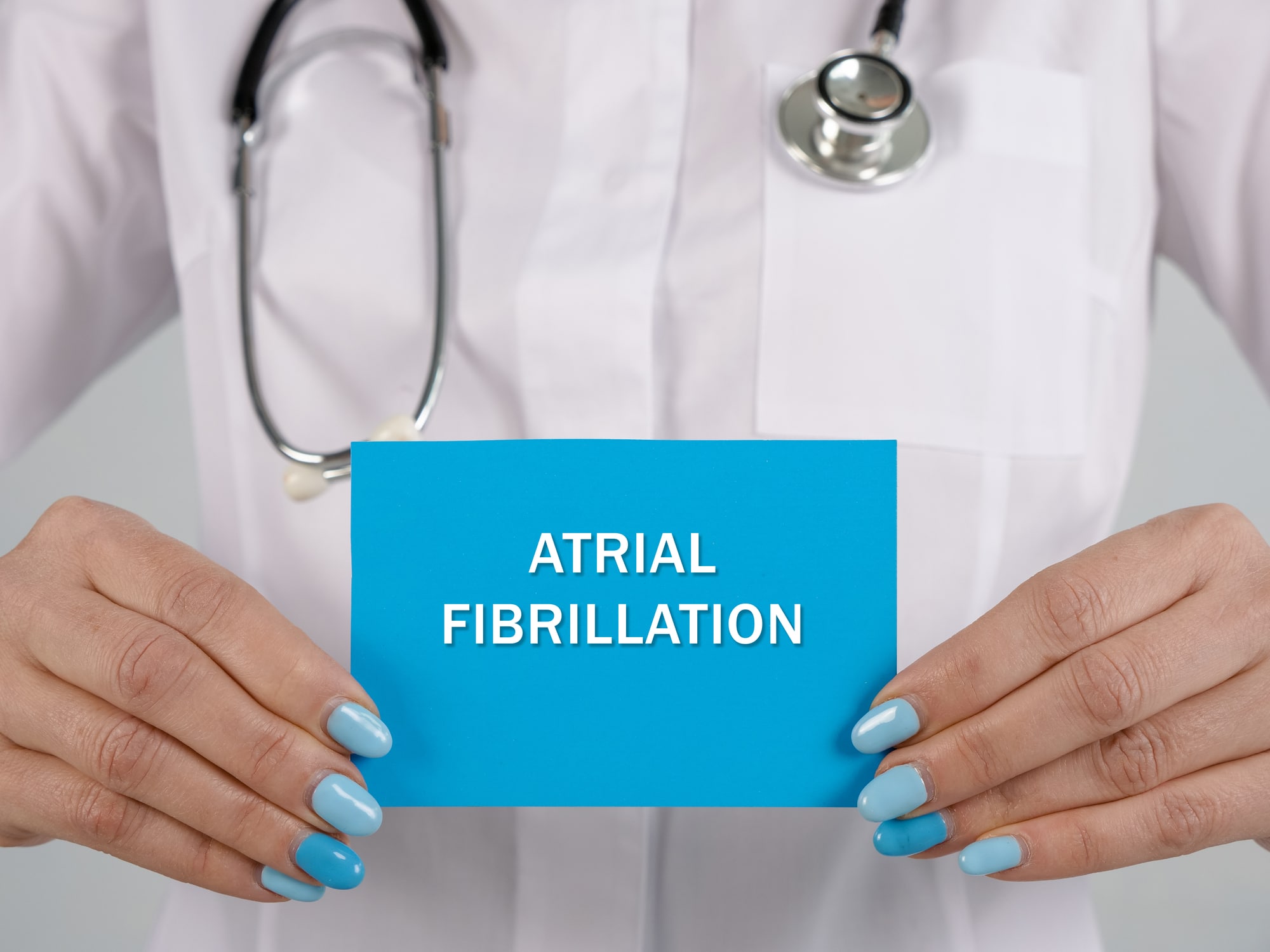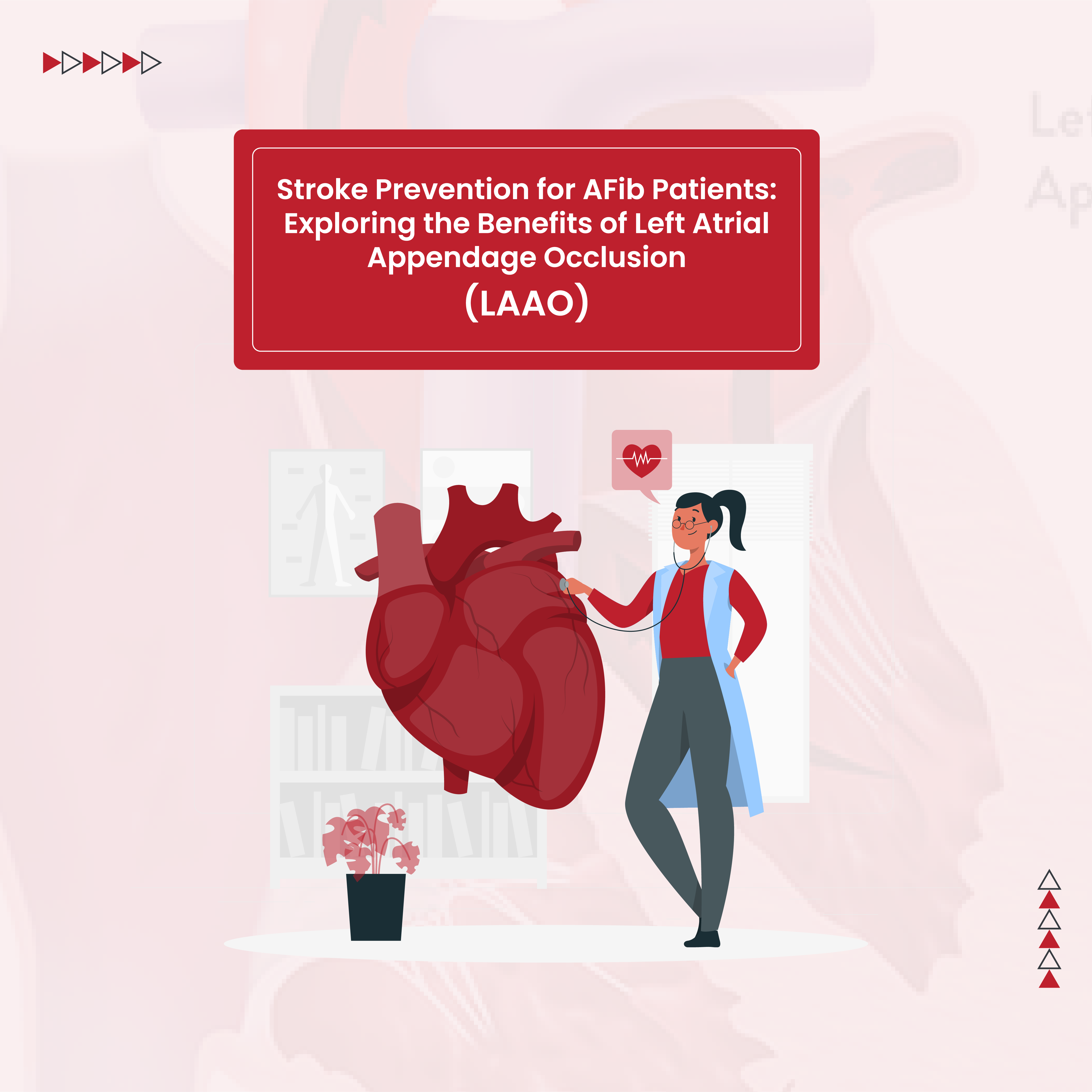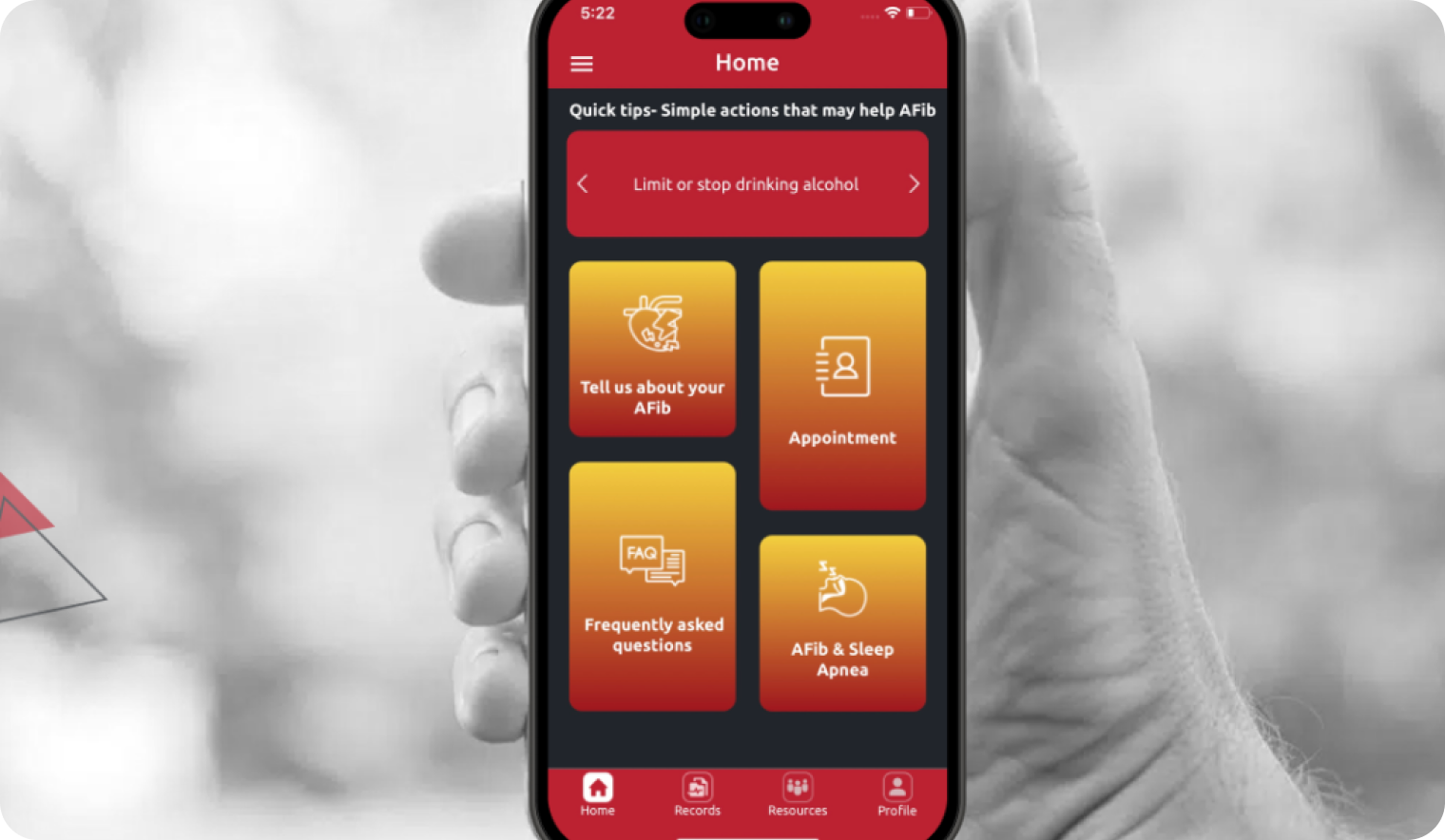Atrial fibrillation (AFib) causes an irregular, chaotic heart rhythm and affects 9% of Americans over the age of 65. High blood pressure, also called hypertension, is a common cause of atrial fibrillation. A person with hypertension is almost twice as likely to develop atrial fibrillation as someone who has normal blood pressure (BP). High blood pressure is estimated to be the primary causative factor for 1 out of 6, or 17%, of people with atrial fibrillation (AFib).
Hypertension and atrial fibrillation are associated with each other, and both independently increase the risk of stroke, heart failure, and death. Patients with atrial fibrillation have a 5 times higher risk of stroke. In terms of blood pressure, 45% of strokes are thought to be secondary to uncontrolled high blood pressure.
People with untreated high blood pressure are at significantly higher risk of developing new onset atrial fibrillation and are more likely to have intermittent (paroxysmal) atrial fibrillation progress to become continuous. Hypertension is the second leading cause of preventable death in the United States, second only to cigarette smoking. Many of the long-term complications of atrial fibrillation arrhythmia and high blood pressure can be prevented by early intervention and adequate treatment.
What Is Hypertension?
Blood pressure is a reflection of how much blood is being pumped through your arteries by your heart and how much resistance to blood flow there is in your arteries.
Systolic blood pressure. The first, or top number is a measure of the amount of force on your artery walls when your heart beats and pumps blood out to the body.
Diastolic blood pressure. The second, or lower, number measures the amount of force on the artery walls between heartbeats.
Most people with high blood pressure do not have any symptoms and therefore, it can go undetected for years. Uncontrolled high blood pressure can cause serious complications like stroke, congestive heart failure, coronary artery disease, heart attack, chronic kidney disease, and atrial fibrillation. High blood pressure is easy to detect. Your blood pressure will be checked at routine doctor appointments.
Many younger adults do not see a doctor regularly. Seeing a healthcare provider annually is an important part of preventive care for a variety of health conditions and is especially important if you have risk factors for high blood pressure like:
- Family history. High blood pressure tends to run in families.
- Race. Elevated blood pressure BP complications are more common among people of African descent.
- Age. Elevated BP increases with age.
- Obesity.
- Sedentary lifestyle.
- Tobacco use. Smoking or chewing tobacco increases your blood pressure immediately and temporarily after use. However, it also damages the lining of the arteries which can cause them to narrow and stiffen. Secondhand smoke also damages arteries and increases the risk of heart disease.
- Poor nutrition. Eating too much salt (sodium) and not enough potassium (found in many fruits and vegetables) increases blood pressure.
- Stress. Too much stress increases blood pressure temporarily. It also increases unhealthy behaviors that contribute to hypertension like poor diet, excess alcohol, and tobacco use.
- Sleep apnea.
In 2014, experts from the Joint National Committee released clinical practice guidelines on hypertension treatment and prevention. In 2017, a group led by the American Heart Association and the American College of Cardiology released updated guidelines that included newly redefined classifications for hypertension. The updated blood pressure guideline incorporated the latest study analyzed data and lowered the definition of high blood pressure to be defined as a BP greater than 130/80 mm Hg. Under this newly redefined hypertension guideline, over 46% of American adults would be classified as having high blood pressure, with the greatest impact on younger people.
The idea of adjusting the definition of high blood pressure was not to get more people on antihypertensive therapy but rather to allow for earlier intervention with lifestyle modifications to prevent disease progression and complications. Both the Joint National Committee guidelines and the updated American Heart Association clinical practice guidelines recommend lifestyle interventions as the initial step in hypertension treatment. Their recommended lifestyle changes include:
- Maintain healthy body weight. Weight loss is recommended if you are overweight or obese. For every 2 pounds of weight you lose, your blood pressure decreases by approximately 1 mm Hg.
- Tobacco. Don’t use tobacco products and if you do, quit
- Blood glucose. Control blood sugar levels and adequately treat diabetes mellitus
- Cholesterol. Control blood lipids
- Physical activity.
- Moderate-intensity aerobic exercise for at least 90-150 minutes per week
- Resistance, or strength, training for 90-150 minutes per week.
- Diet.
- Eat a healthy diet, like the DASH diet (Dietary Approaches to Stop Hypertension).
- Limit alcohol intake to no more than 1 drink per day for women or 2 drinks per day for men.
- Limit salt (sodium) intake to no more than 2400 mg per day and ideally less than 1500 mg per day.
- Potassium supplementation, preferably through dietary sources like banana, avocado, potato, broccoli, and spinach.
Can High Blood Pressure Cause Arrhythmia?
High blood pressure can lead to cardiac arrhythmias, like atrial fibrillation and atrial flutter. Uncontrolled high BP strains the heart which can lead to changes in the heart’s structure and function which affect the heart’s electrical system. The normal conduction of electrical signals is responsible for maintaining a normal heart rhythm (normal sinus rhythm). High blood pressure also leads to an increased risk of developing atrial fibrillation by increasing systemic inflammation and oxidative stress which further irritates the heart.
The effects of blood pressure on organ systems are complex and experts continue to debate regarding optimal BP targets. However, there is general consensus regarding the recommendation to treat high blood pressure with lifestyle modifications and medication when blood pressure is greater than 140/90 mm Hg. Some experts recommend waiting to initiate treatment until blood pressure is higher than 150/90 mm Hg in adults over the age of 60 years who do not have cardiovascular disease, diabetes, or kidney disease.
The recommendations for an individual’s optimal BP treatment target depend on age and the presence of another risk factor or other health conditions. In 2017, the European Heart Rhythm Society released an expert consensus statement recommending an optimal BP treatment target in atrial fibrillation of a systolic blood pressure to be between 120-130 mm Hg. Clinical trials have found that systolic blood pressure that is higher or lower than that is associated with higher rates of atrial fibrillation. In addition, aggressive blood pressure control below a treatment target of 120 mm Hg systolic or 70 mm Hg diastolic blood pressure has been associated with significantly higher risks of adverse cardiovascular events like stroke and myocardial infarction (heart attack).
High blood pressure can lead to atrial fibrillation and many people wonder can AFib cause high blood pressure? While there isn’t compelling evidence that AFib causes hypertension, there are instances when it can cause low blood pressure. This can happen when a weak heart is in atrial fibrillation and it is not able to beat effectively enough to compensate for the irregular heart rhythm.
How To Reduce Risk Of Hypertension And Stroke
Atrial fibrillation and high blood pressure are both independently associated with a higher risk of stroke. They affect stroke risk by different mechanisms. Atrial fibrillation causes an increased risk of stroke because the irregular heart rhythm causes blood to pool in the heart. When blood pools it is more likely to form blood clots. If one of these blood clots breaks off it becomes a systemic embolism and can travel to the brain where it can interrupt blood flow to the brain and cause a stroke.
High blood pressure puts additional stress on the arteries which can cause them to weaken, stiffen, and narrow. These damaged arteries are more likely to burst or become blocked. If an artery in the brain bursts or gets blocked, it can cause a stroke. An ischemic stroke occurs when an artery is blocked. A hemorrhagic stroke occurs when an artery in the brain bursts.
Proper treatment for stroke prevention is important if you have high blood pressure and atrial fibrillation. If you have atrial fibrillation, medications called blood thinners or a heart procedure to close the left atrial appendage (where most blood clots form) are options to prevent blood clots that can cause a stroke. If you have hypertension, treatment with lifestyle modifications and blood pressure-lowering medications is used to ensure adequate BP control and prevent stroke.
How Do Hypertension And Smoking Increase The Risk Of Stroke?
Cigarette smoking is the leading cause of preventable death in the United States, with hypertension being the second most common cause. Both high blood pressure and smoking increase the risk of death, in part, because they increase the risk of stroke.
Tobacco increases blood pressure immediately after use. Chronic tobacco use causes hypertension because chemicals in tobacco damage artery walls making them stiffer and narrower. Smoking also increases systemic inflammation which further weakens arteries. Each of these characteristic changes in the arteries makes them more likely to develop blockages or burst. When this happens in an artery in the brain it causes a stroke.
Atrial fibrillation, high BP, and smoking all increase the risk of stroke. Other stroke risk factors include:
- Heart disease
- Diabetes
- History of transient ischemic attack
- Oral contraceptives (birth control pills)
- High cholesterol
- High red blood cell counts








